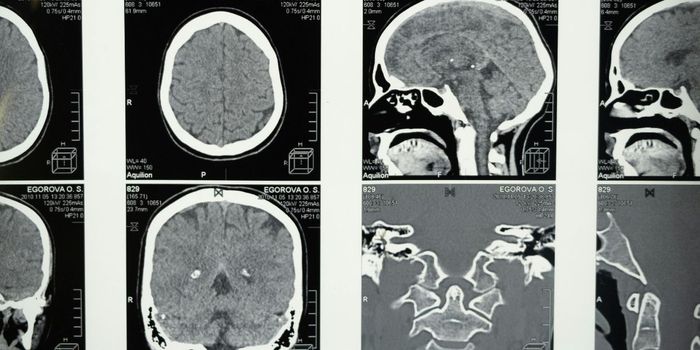Breast Cancer Drug 'Tamoxifen' Brings Hope To Muscle Disease
Tamoxifen is currently a drug used in the treatment of breast cancer, and has been used in patients for many years. Now, latest research has indicated that Tamoxifen may hold the potential in treating another disease-- myotubular myopathy—by slowing its progression.
Structure of Tamoxifen
A severe genetic disease affecting males-- myotubular myopathy weakens all the skeletal muscles from birth leading to paralysis that results in death before two years of age. “The disease affects the X chromosome in one in 50,000 male infants,” states Professor Leonardo Scapozza at the School of Pharmaceutical Sciences at UNIGE’s Faculty of Science.
Due to the severity of the disease, researchers have long been motivated to seek treatments—this is when scientists at the University of Geneva (UNIGE), Switzerland in collaboration with the University of Strasbourg, France identified a molecule that not only decreased disease progression of the disease but lengthened life expectancy in animal models. The molecule is Tamoxifen and because it has long been approved for breast cancer, investigators are hopeful that transition to clinical trials for myotubular myopathy will not take too long.
Tamoxifen has long been studied to be an antioxidant, anti-fibrotic and most importantly, protective of the mitochondria. So the reason why researchers decided to focus on this breast cancer drug was due to its interesting properties on muscle fibers.
Watch this video below to learn more about Tamoxifen:
“In a previous study, we used tamoxifen against Duchenne muscular dystrophy, which is also an inherited muscular disease that affects one in 3,500 boys, where the life expectancy is 30 years,” says PhD student, Elinam Gayi, of the UNIGE’s School of Pharmaceutical Sciences. “The results have been excellent, and a clinical trial is also in progress.”
Due to the drugs excellent results, scientists were encouraged to exam Tamoxifen in myotubular myopathy in hopes that it will have similar mechanisms of actions seen in Duchenne. “Myotubular myopathy is caused by a lack of myotubularin, an enzyme that transforms the lipidic messengers. Without it, the protein known as dynamin 2 accumulates and brings on muscle atrophy,” explains Elinam. Therefore, one of the mechanisms being explored is if Tamoxifen can target dynamin 2 successfully.
Source: Drug Target Review









